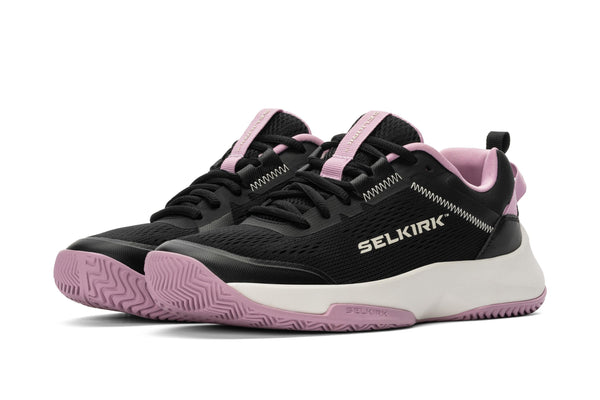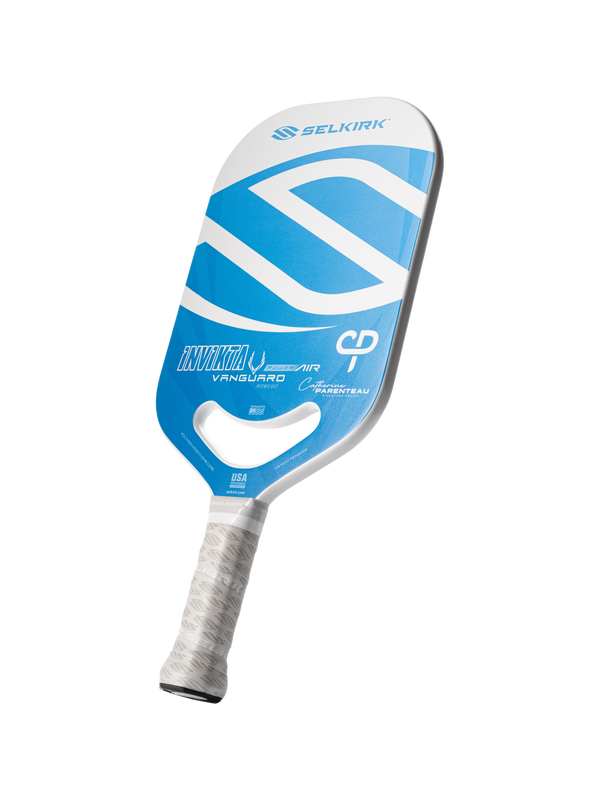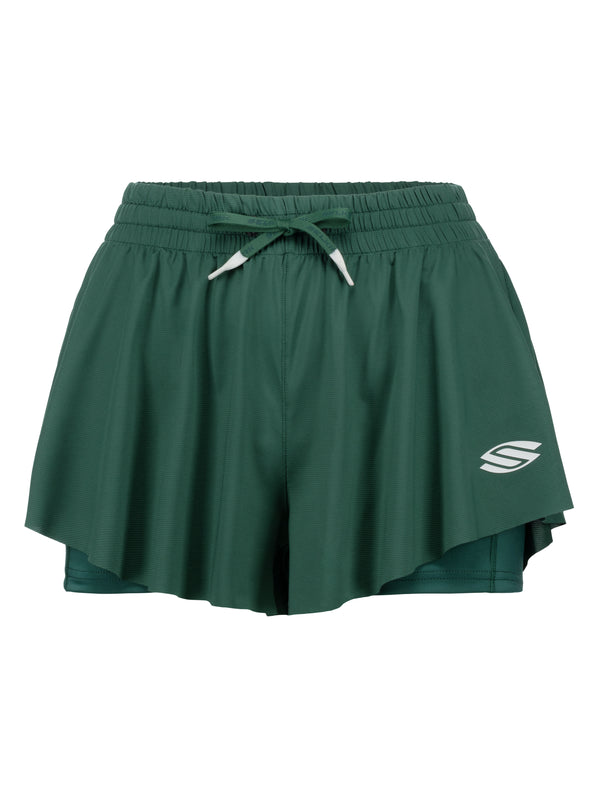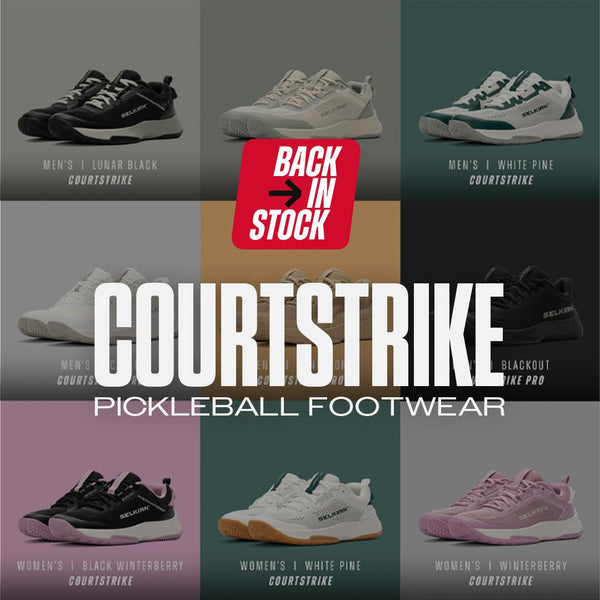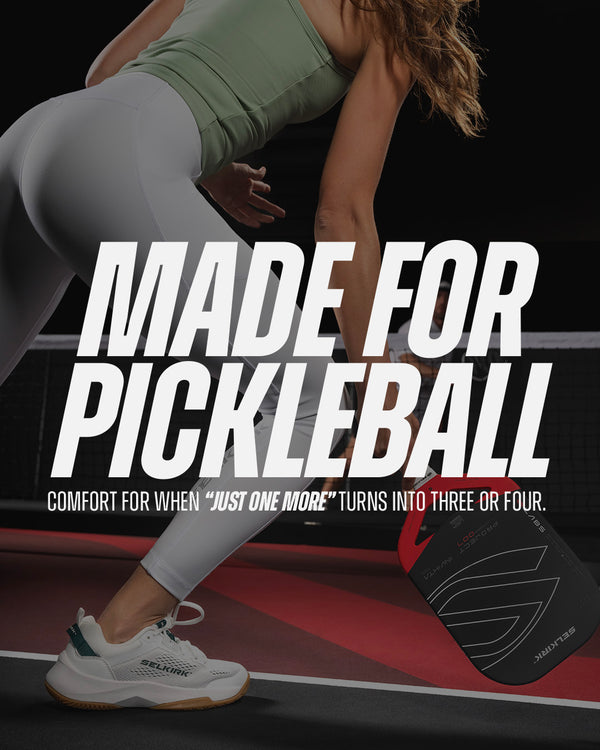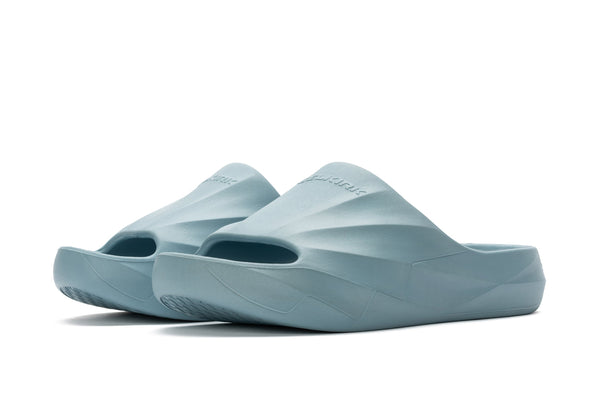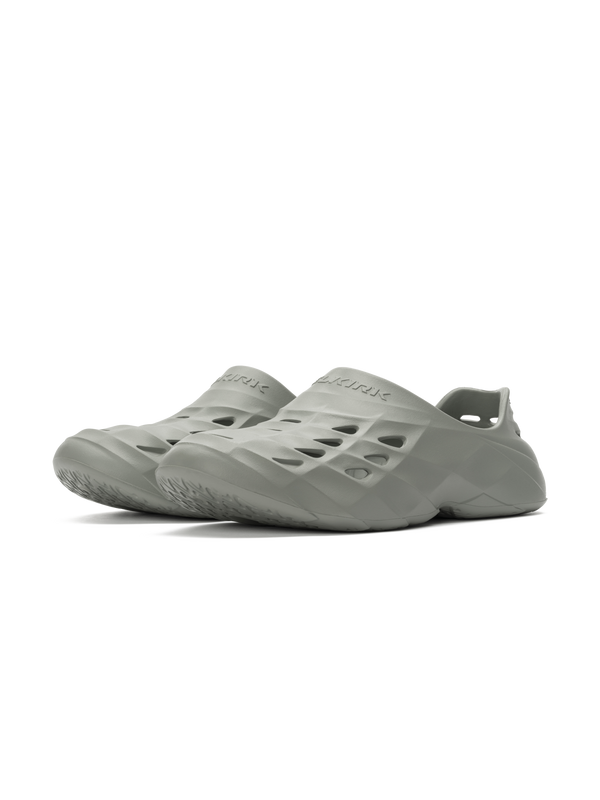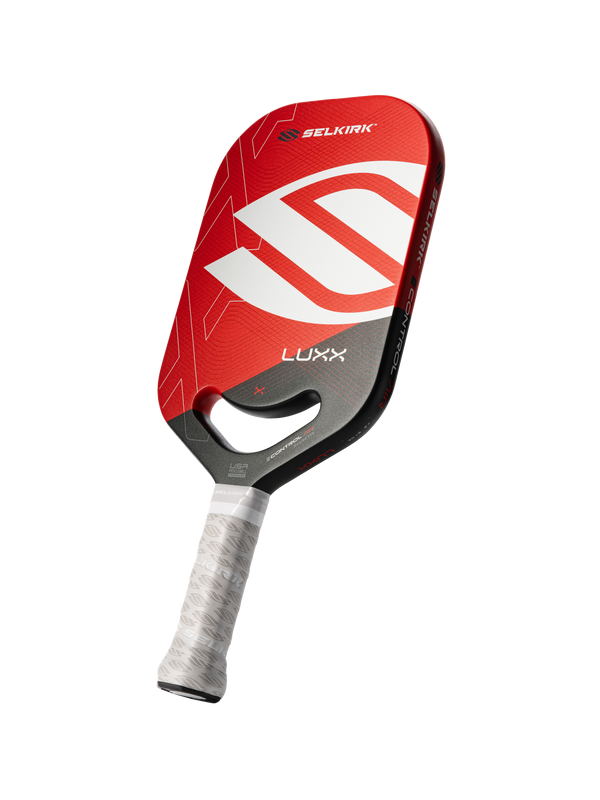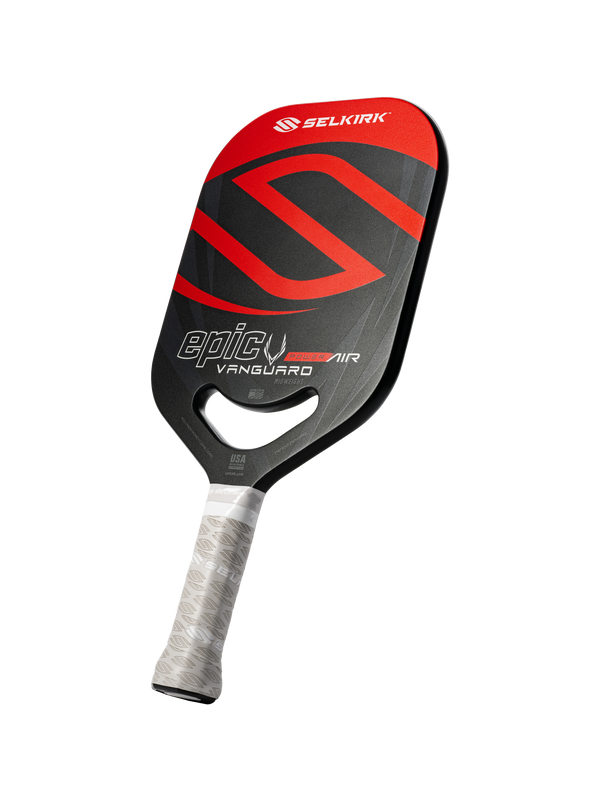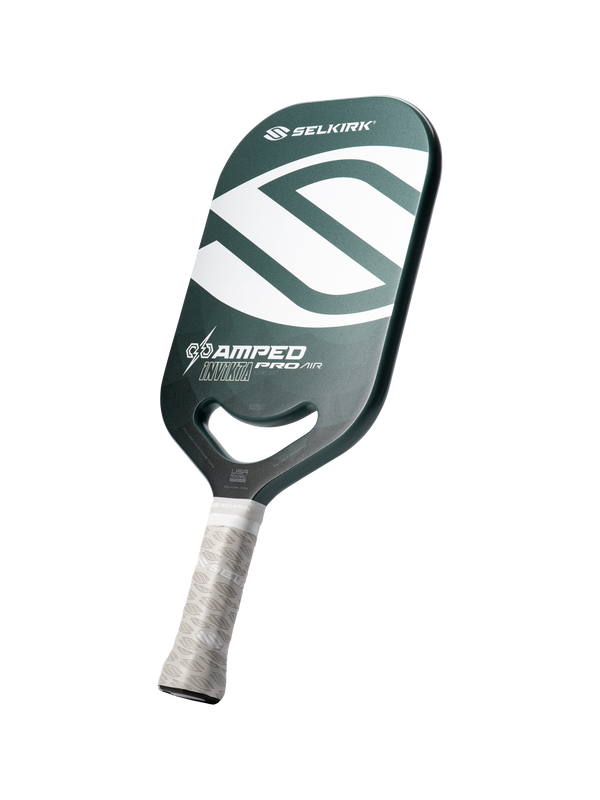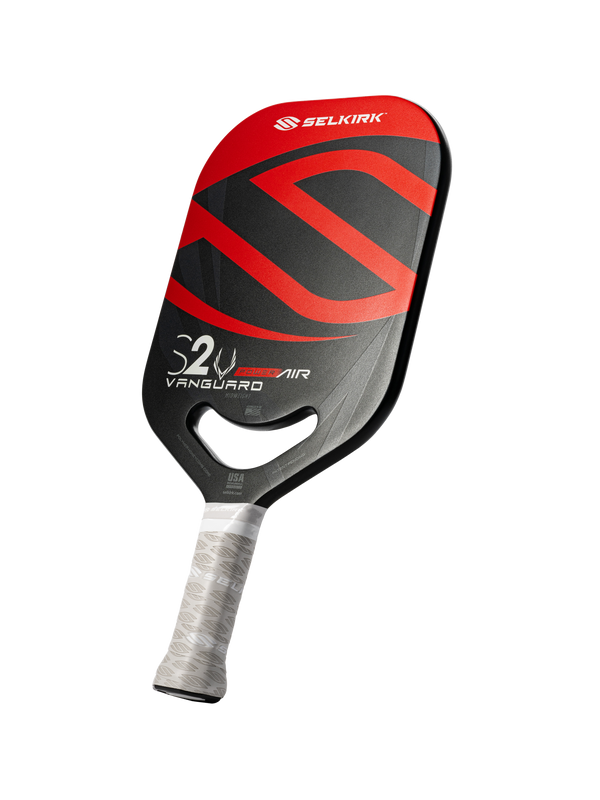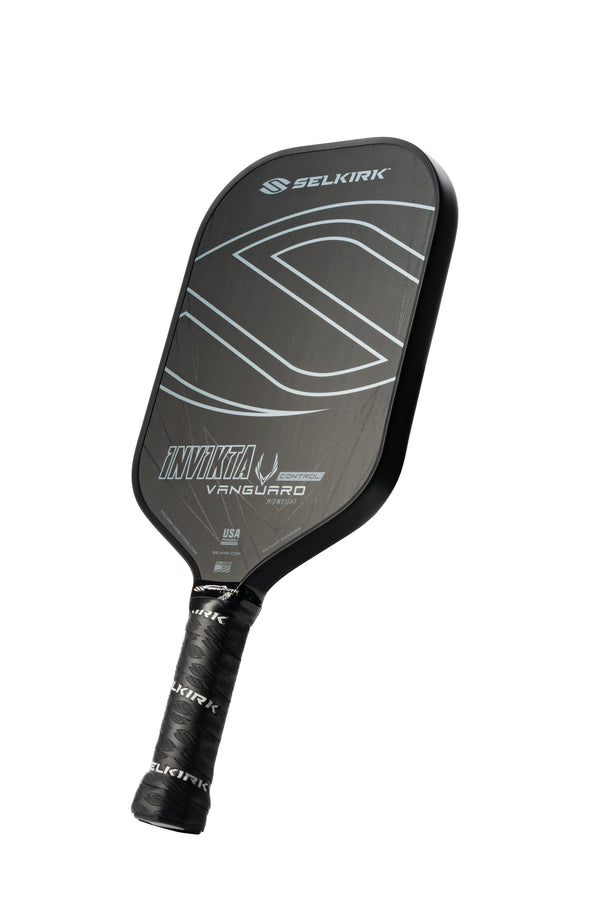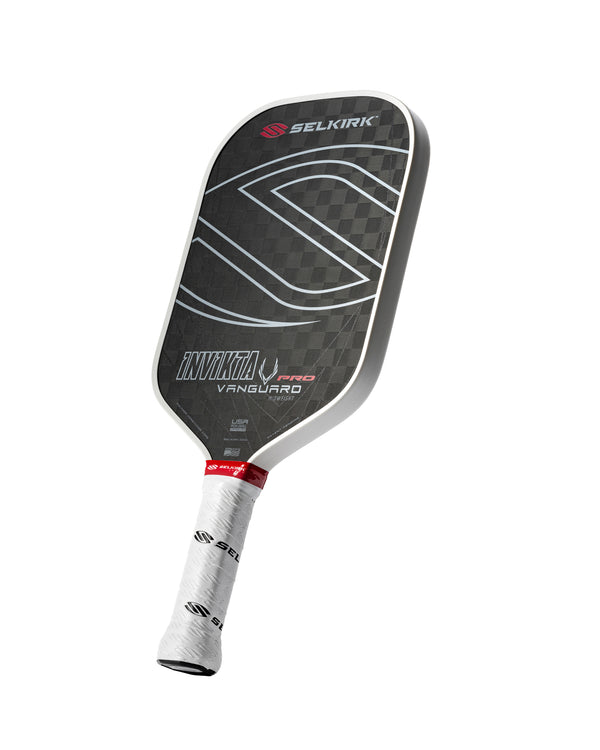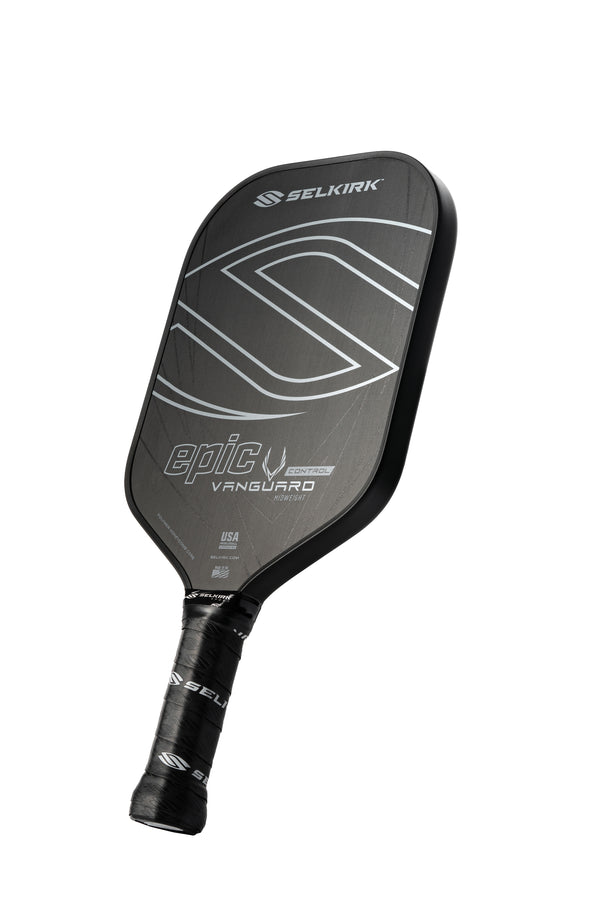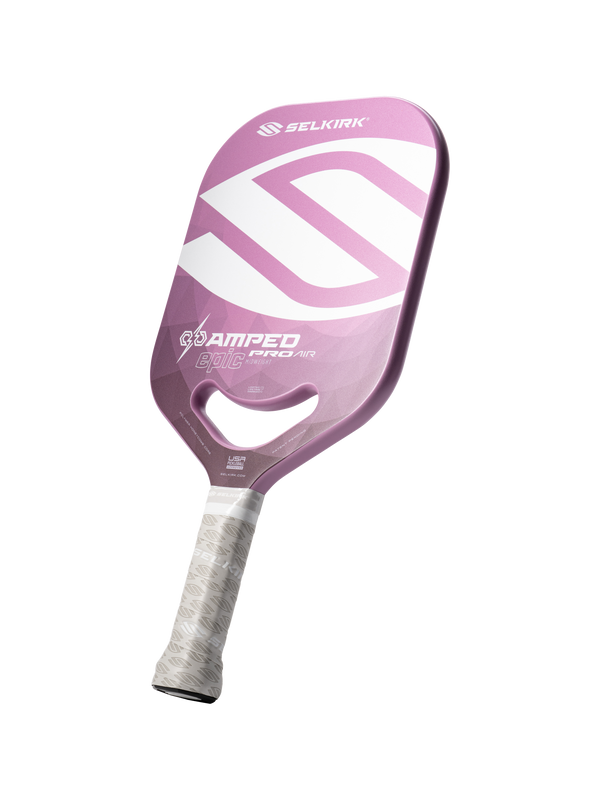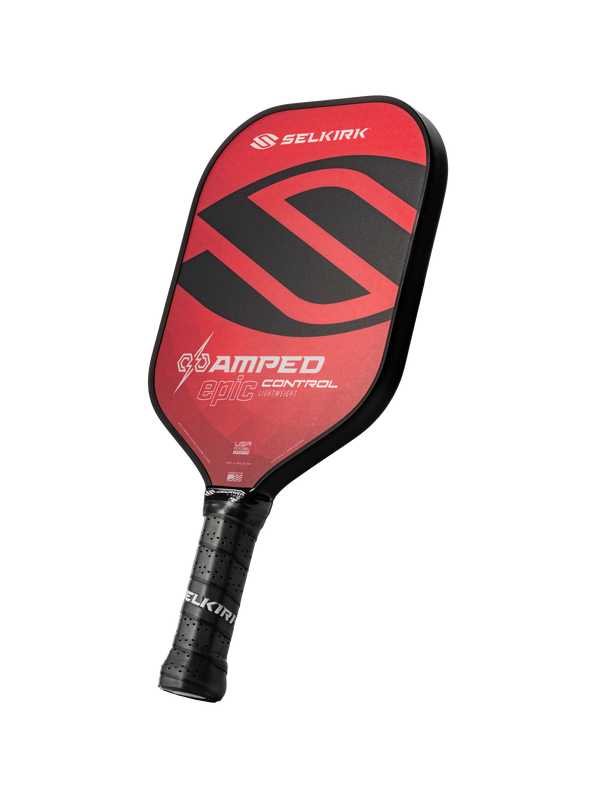Pickleball is an inclusive sport, inviting players of all ages and abilities to participate and have fun.
While the core of the game remains the same, there are official rules for players who use a wheelchair or need adaptive support. With a few minor differences, these rules ensure that everyone can enjoy the game.
Who qualifies as a player using a wheelchair?
According to USA Pickleball, a player using a wheelchair is defined as "any person, with or without a disability, who plays the game in a wheelchair." This means that anyone, regardless of physical ability, can choose to play pickleball while using a wheelchair.
In wheelchair pickleball, the wheelchair is considered part of the player’s body, and the rules are adapted accordingly to accommodate the chair’s movement.
What is the difference between standing and wheelchair pickleball?
The foundation of pickleball remains consistent across both traditional and wheelchair formats. Basic rules and common faults apply equally to all players. Here’s a quick overview of shared rules and the differences for wheelchair players:
Common rules and faults in standing and wheelchair pickleball:
- Out of bounds: A ball landing outside the court boundaries results in a fault. If any part of the ball touches a boundary line, the ball is considered in.
- Net fault: If the ball hits the net and doesn’t clear it, it’s a fault.
- Two-bounce rule: After a serve, the ball must bounce once on each side of the net before it can be volleyed. A volley before this occurs is a fault.
- Non-Volley Zone violation: Volleys taken within the non-volley zone (the "kitchen") are faults.
Rule changes for wheelchair pickleball
Although most standing pickleball rules also apply to wheelchair pickleball, there are a few minor rule changes and considerations to make when playing wheelchair pickleball.
Serving rules in wheelchair pickleball
Serving rules are similar in both formats, with slight modifications for wheelchair players. In standing pickleball, players must keep both feet behind the baseline until the ball is struck.
In wheelchair pickleball, the rear wheels of the chair must remain behind the baseline until the ball is hit. The front wheels may be across the baseline.
Regardless of the format, the serve must be completed underhand.
Ball bounce rules
The two-bounce rule is a fundamental part of pickleball, requiring the ball to bounce on each side of the net after a serve before players can volley. This rule still applies in wheelchair pickleball.
Standing players can only let the ball bounce once on their side before returning it. If the ball bounces twice on one side of the net, it results in a fault.
For players who use a wheelchair, however, the ball is allowed to bounce twice before being returned. If the ball bounces three times on one side of the net, it results in a fault.
The non-volley zone
The non-volley zone, commonly known as the "kitchen," has specific rules to maintain fair play.
Standing players are not allowed to enter the non-volley zone unless the ball has bounced, or they intend to let it bounce before hitting it. This includes the non-volley zone line.
For players who use wheelchairs, the front wheels of the chair may touch the non-volley zone at any time. However, the back wheels may only enter the non-volley zone if the ball has bounced or the player intends to let it bounce.
After striking the ball, wheelchair players must reestablish their back wheels outside the non-volley zone before volleying.
Court dimensions for wheelchair pickleball
Standard pickleball courts measure 20 feet by 44 feet. Although players using wheelchairs can play on any court size, USA Pickleball recommends a surface area of 44 feet by 74 feet for regular play and 50 feet by 80 feet for stadium play to accommodate wheelchair movement and provide an optimal playing experience.
Can you play wheelchair pickleball with standing players?
Absolutely! Players using wheelchairs are welcome to participate in all events, including gender doubles, mixed doubles, and singles, alongside standing players.
In mixed matches, standing players follow the traditional rules, while players using wheelchairs adhere to the wheelchair-specific rules. This inclusive approach ensures that everyone can enjoy the game together.
In competitive tournaments, you’ll find a variety of events tailored for adaptive play. For example, some tournaments may limit singles matches for players with a skill level of 3.5 or lower to only half the court. In these cases, players may compete crosscourt or straight up on one half of the court, depending on the tournament rules.



